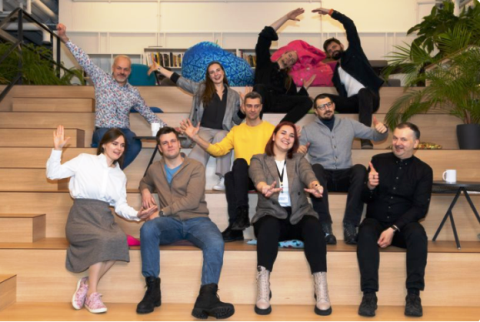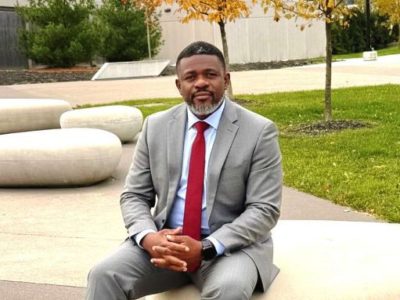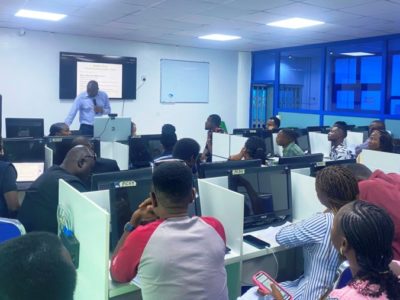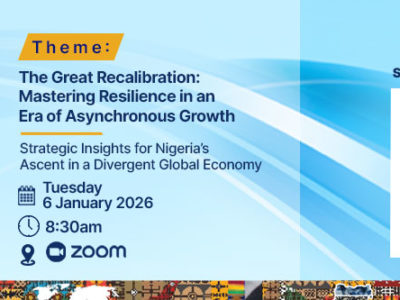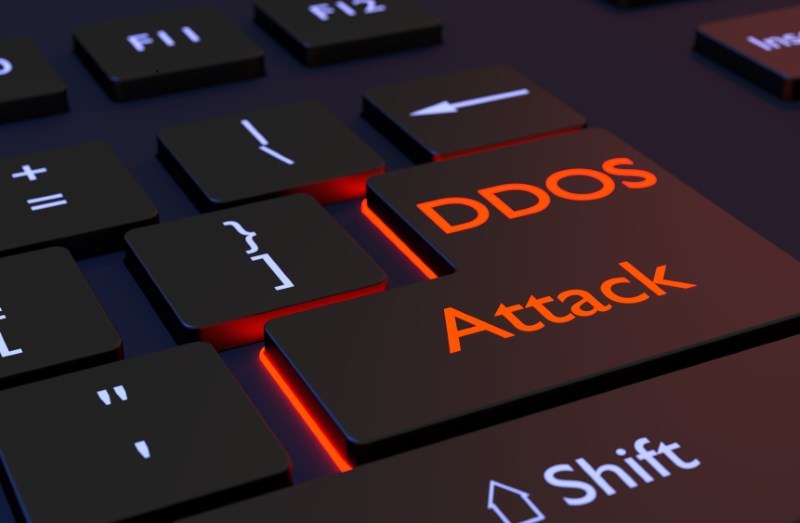As businesses increasingly turn to AI for process automation and optimization, the demand for personalized visual solutions is on the rise. In 2024, 34% of companies have integrated AI into their operations, with an additional 42% actively considering implementation, and of those utilizing AI, 53% are used for production.
RELATED: New Autoblow machine syncs with videos, inducing body transfership illusion in men
While generative visual AI models like Midjourney or Stable Diffusion can generate breathtaking images from scratch, they often lack the precision required for tasks in visual production.
Predictive AI is a more customized approach pioneered by companies like Perfection42.
“Like generative AI, predictive AI leverages extensive data training, such as feeding thousands of images, to generate new ones. The difference is that we train models on selected business data, thus producing images precisely adapted to fit business requirements,” said Simona Vasytė, CEO of Perfection42. “This customization ensures consistency, a crucial factor for businesses seeking reliable and individualized solutions in visual content creation. With generative visual AI products, users can generate many new and original visuals, but as each prompt will generate new images entirely unrelated to previous ones, consistency remains the issue.”
Predictability is another crucial issue that differentiates the two approaches. While generative AI models do not have enough data about a specific business, it is challenging to predict what the image should look like for that particular business brand.
“Perfection42 operates with predictive AI. With your business data, we can generate images by predicting their style and content better. We can feed a thousand images from your business into a tailored AI model, and it will generate a new image that’s consistent with your business style,” says Simona Vasytė.
“With generative AI solutions, there is no integrity; results vary with each prompt. Businesses need to save time and money, and many cannot afford to spend multiple hours to get what they need every time they want to generate an image that fits their needs,” continued Vasytė. “Utilizing individually-tailored AI solutions, we’ve helped our clients scale their visual content production while saving over 200,000 hours and exceeding $15 million in cost savings.”
How Perfection42 models work
“At first, we sit down with a potential client and do a deep dive into their production process to see if there are areas in their work that can be optimized or automated. Once we find areas that can be improved by AI, we collect and prepare datasets for an AI model. With this data we then train AI models and run experiments to find the correct parameters that solve the problem the client is facing. Once we find the right solution, we train the model on a larger set of data for consistency and give it to test out. We then give the client access to the model and keep maintaining it to ensure it works as intended,” elaborated Vasytė.
In one recent instance, after optimizing the model for stability, the company produced a custom denoiser, which reduced image rendering times from 9 hours per frame to 1 minute. Thus, the time spent optimizing the process results not only in predictability and consistency but also saves time, money, and human resources.
Some companies have dedicated AI teams in-house to tackle the issues that generative AI cannot solve. However, this is expensive and usually not efficient unless the brand is a multinational company with millions available for such projects. For smaller companies, it might be cheaper yet still valuable to have AI automation systems, such as those offered by Perfection42.
“We can say that our goal is to save at least 50% time on mundane and low-value tasks, leaving more time for creators to do what they do best – tell great stories through their art,” Vasytė concluded.

